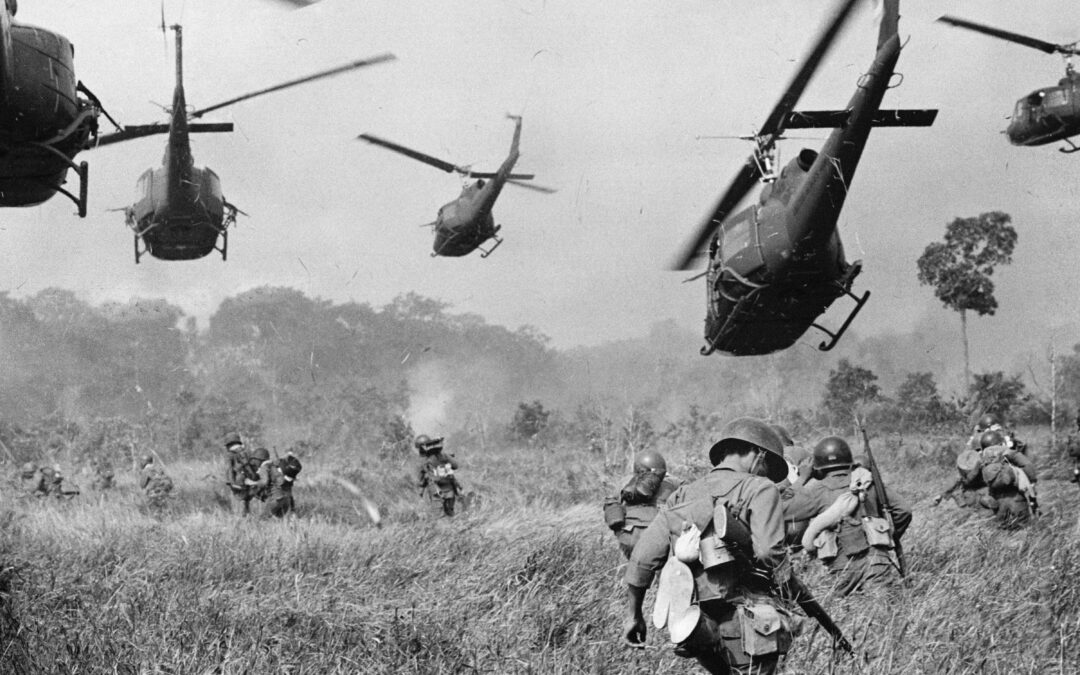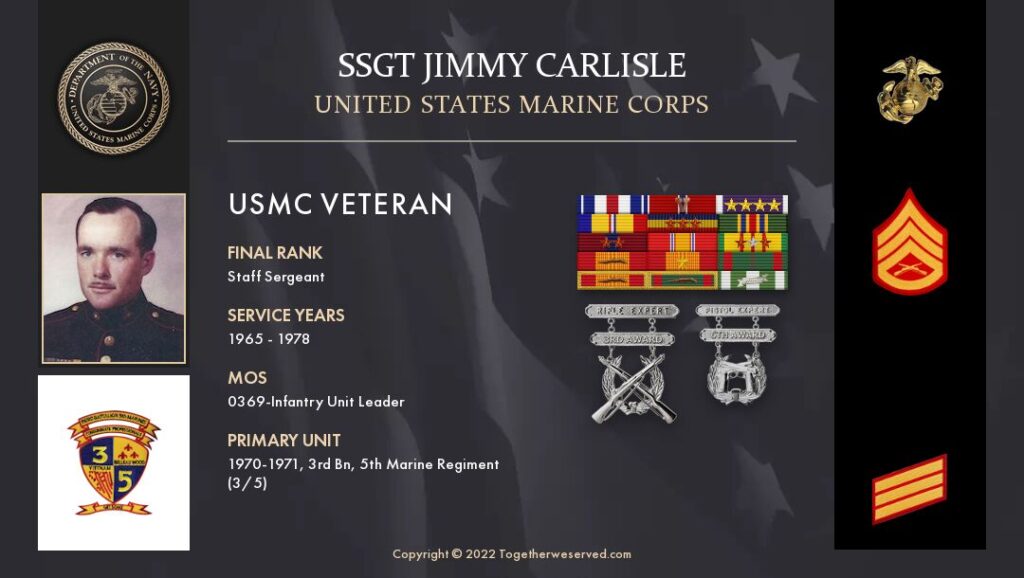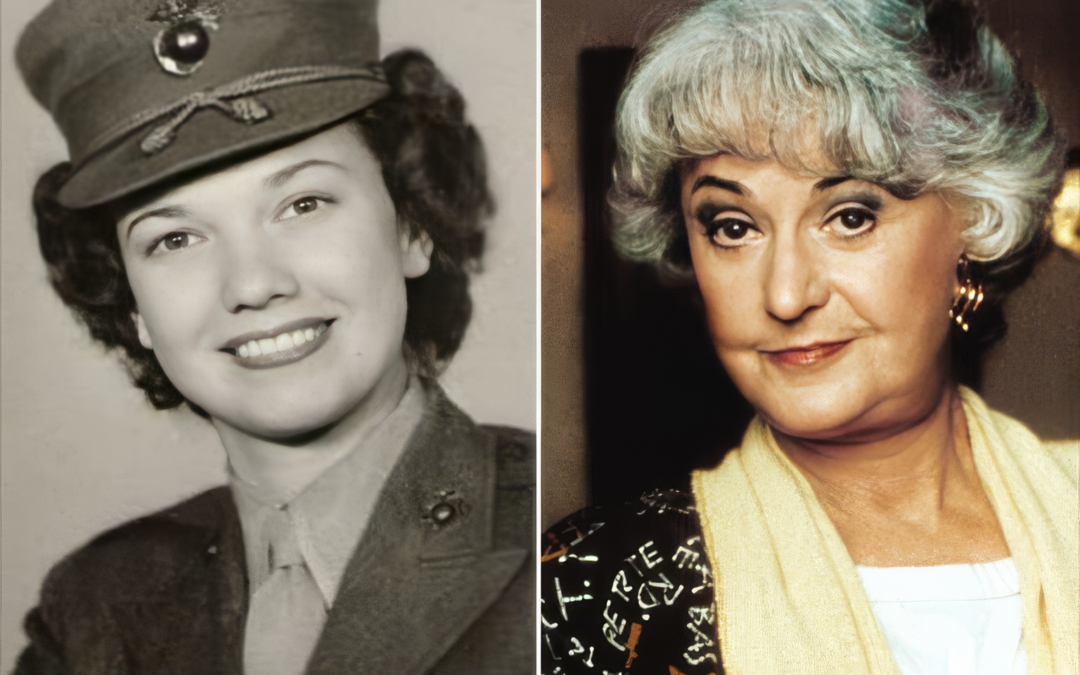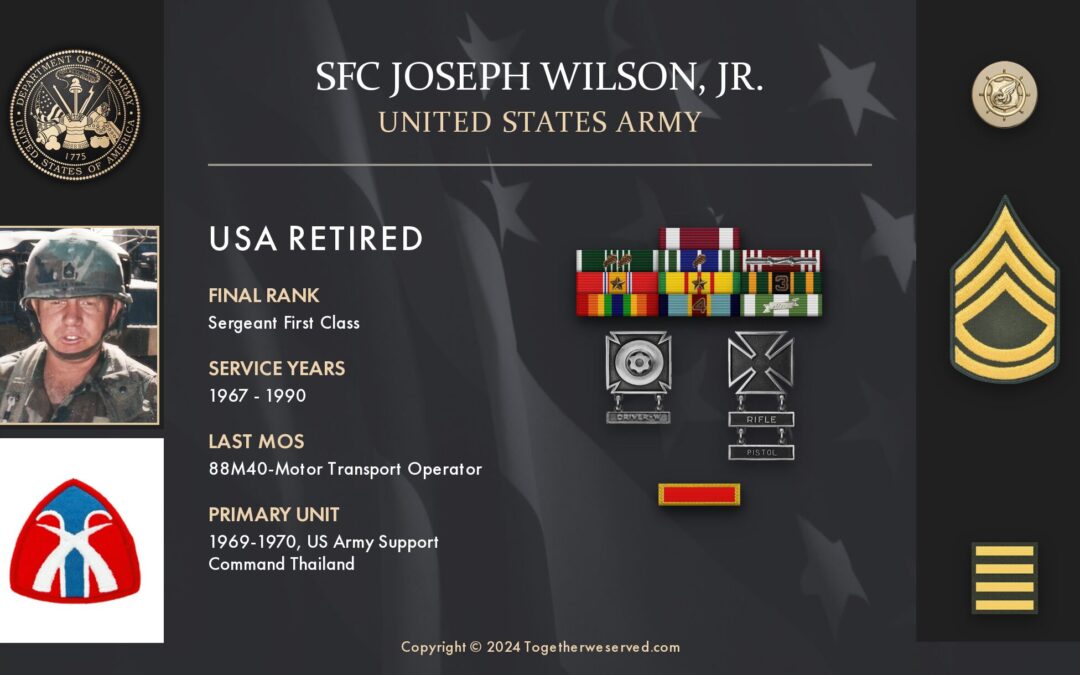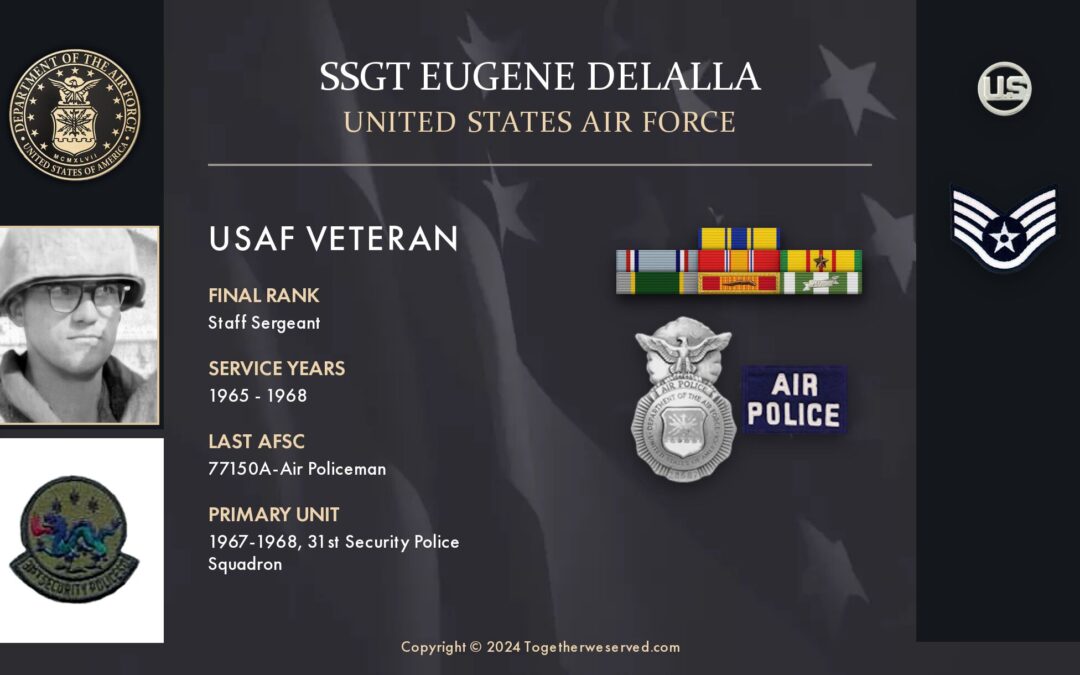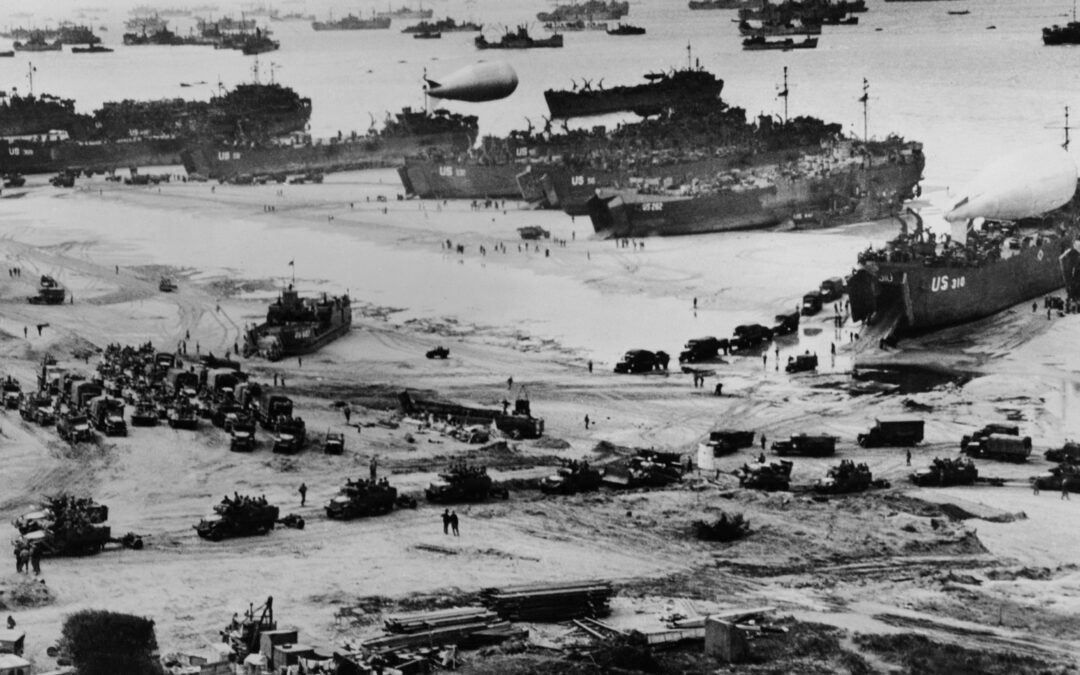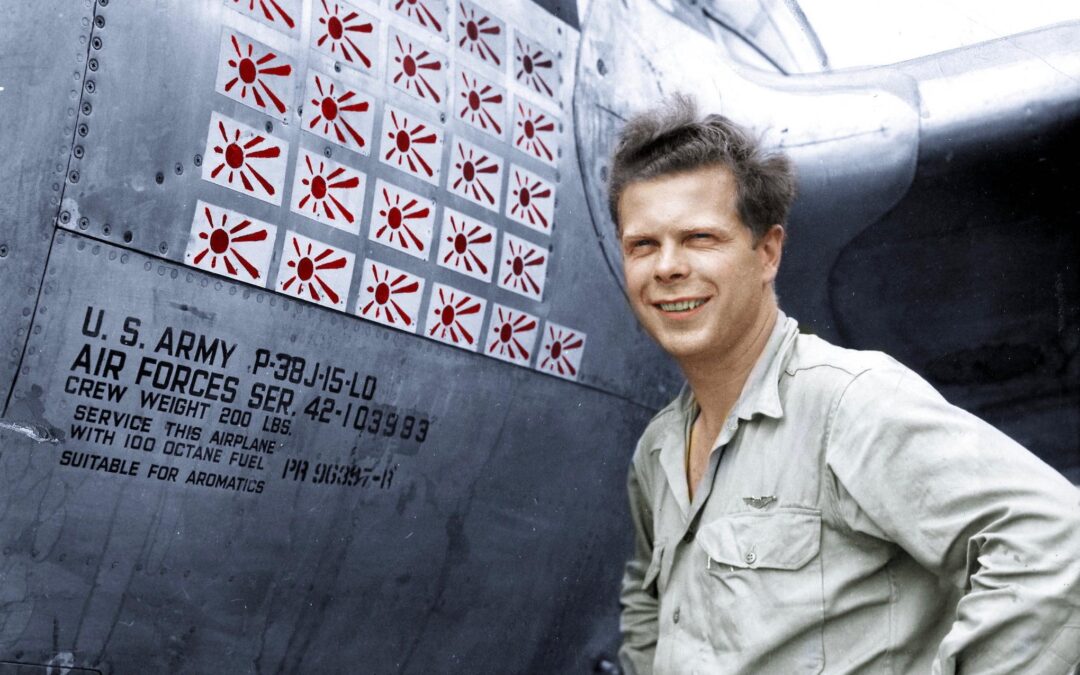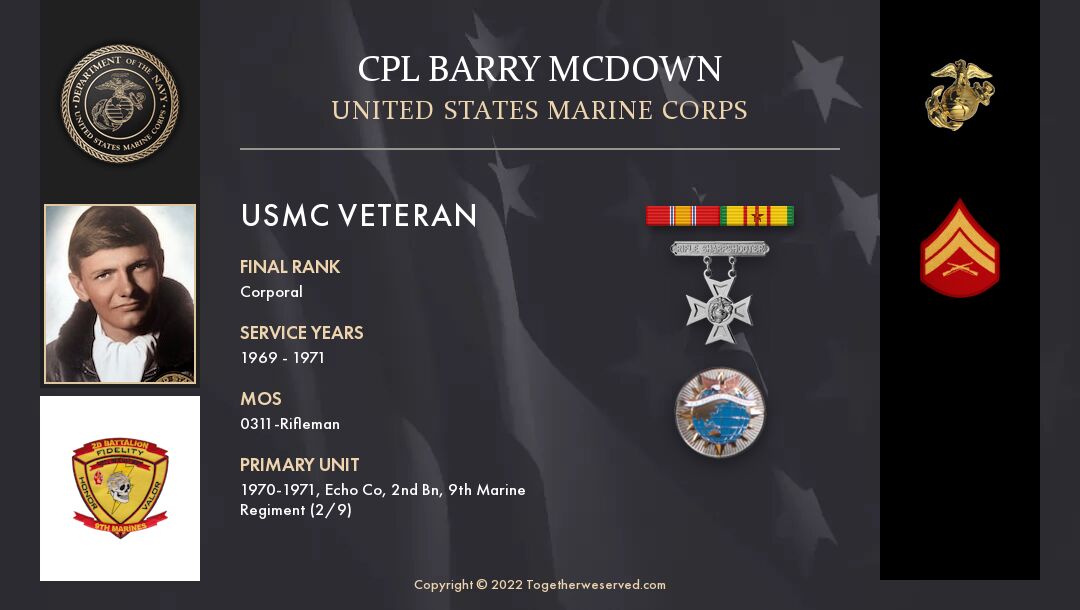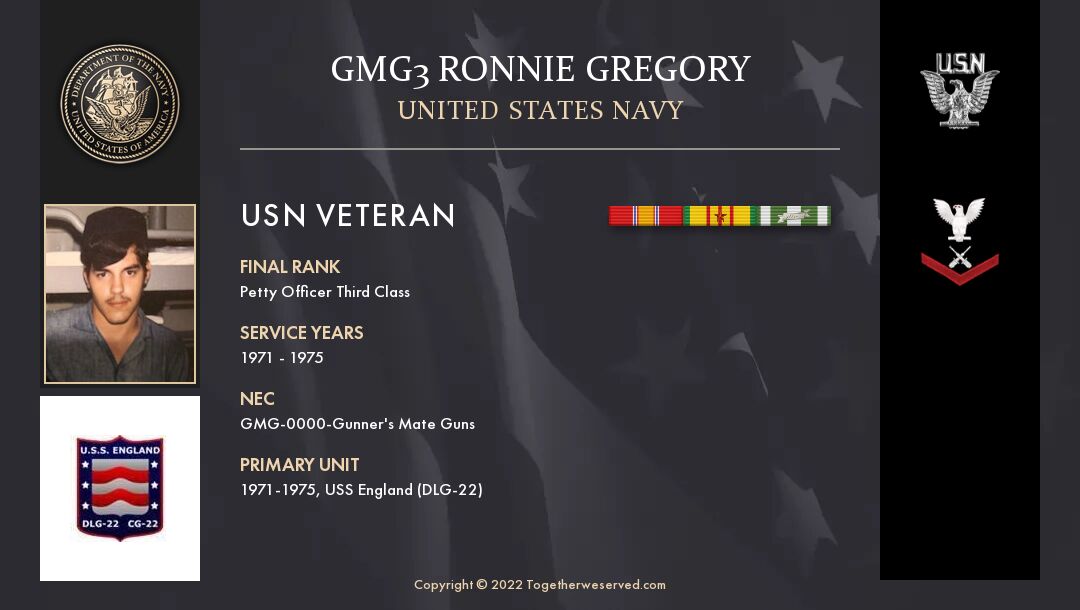American involvement in Vietnam can stretch back as far as the end of World War II, depending on how you define "involvement," but one thing is for sure; when the U.S. committed its combat troops to defend South Vietnam, things got hot almost immediately. The most stunning example of the ferocity of Vietnam battlegrounds is the 1965 Battle of Ia Drang, the first time the U.S. Army fought a major battle against the People's Army of Vietnam (PAVN), North Vietnam's regular forces. There are actually several notable firsts that occurred in the Battle of Ia Drang. It was the first time the U.S. employed a large-scale helicopter air assault and the first time B-52 Stratofortress bombers were used as tactical support. Both of these historic firsts would have a huge effect on the battle. The Beginning of Airmobile Assault on November 14 PAVN and Viet Cong guerilla forces controlled much of the South Vietnamese countryside by the end of 1964. Their main military forces...
